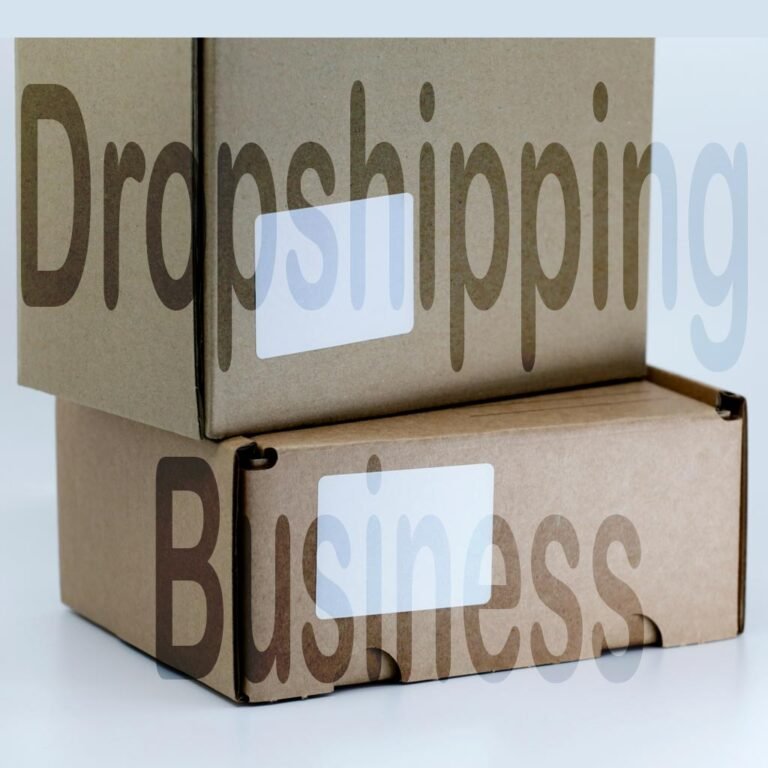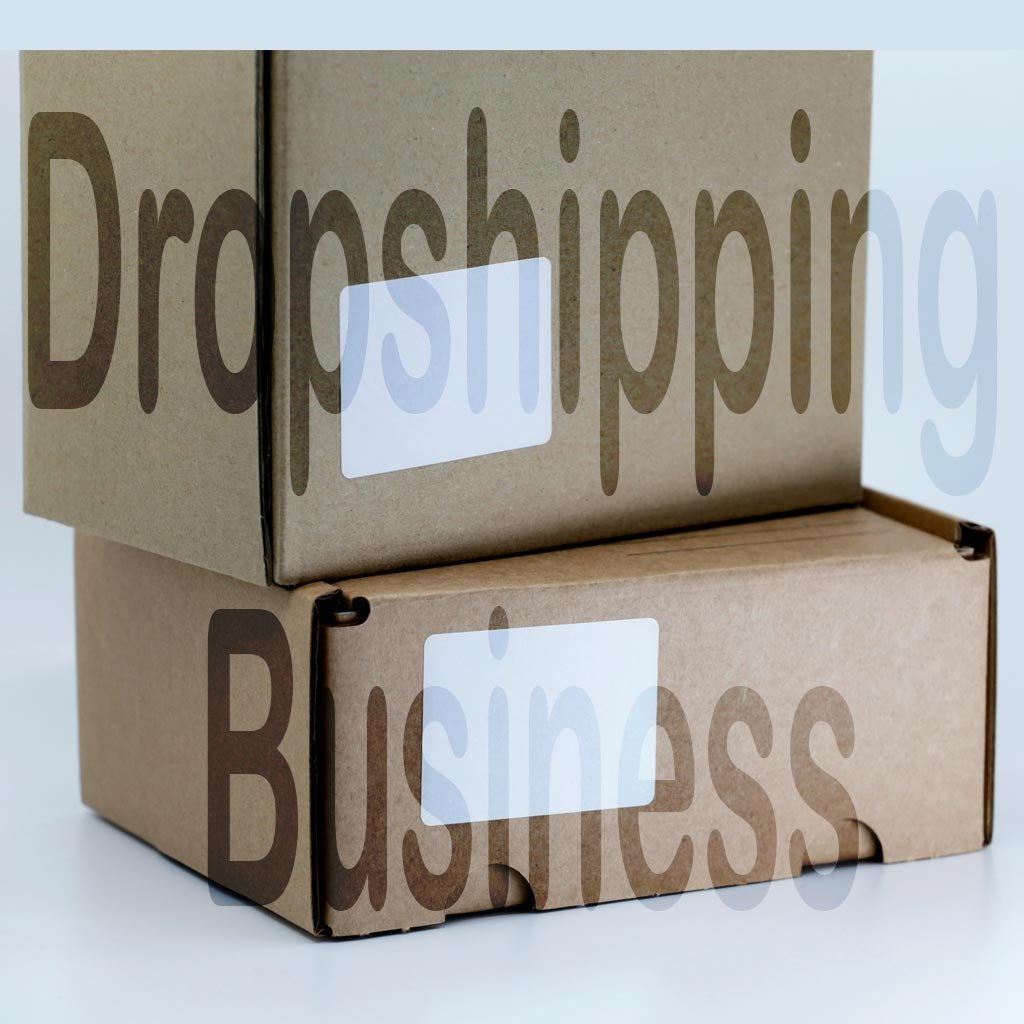
Pros and Cons of Starting a Dropshipping Business
April 09, 2024 | Digital Techtune
Starting a dropshipping business has become an increasingly popular option for aspiring entrepreneurs due to its low barriers to entry and potential for profitability. However, like any business model, dropshipping comes with its own set of advantages and disadvantages. In this comprehensive analysis, we’ll delve into the pros and cons of starting a dropshipping business.
Pros of Starting a Dropshipping Business:
Low Startup Costs: One of the most appealing aspects of dropshipping is its minimal upfront investment. Unlike traditional retail businesses that require significant capital for inventory, storage, and logistics, dropshipping eliminates the need for inventory management. This allows entrepreneurs to start their businesses with minimal financial risk.
No Need for Inventory Management: With dropshipping, you don’t have to worry about storing, managing, or tracking inventory. Suppliers handle the storage and shipping of products directly to customers, freeing up your time and resources to focus on other aspects of your business, such as marketing and customer service.
Wide Product Selection: Dropshipping enables entrepreneurs to offer a wide range of products without the constraints of physical inventory. You can easily add new products to your online store and test different niches to find what resonates best with your target audience. This flexibility allows for quick adaptation to changing market trends and consumer preferences.
Location Independence: Since dropshipping is primarily an online business model, you can operate your business from anywhere with an internet connection. This provides a high level of flexibility and freedom, allowing you to work remotely, travel, or even run multiple businesses simultaneously.
Scalability: Dropshipping businesses can scale quickly and efficiently since they don’t face the same constraints as traditional retail operations. With the ability to leverage automation tools, outsource tasks, and collaborate with multiple suppliers, scaling your business to accommodate increased demand is relatively straightforward.
Reduced Risk of Overstocking: Unlike traditional retail businesses that risk overstocking inventory and incurring storage costs, dropshipping eliminates this concern. Since you only purchase products from suppliers after receiving orders from customers, there’s no risk of holding excess inventory that might become obsolete or unsellable.
Easy to Get Started: Setting up a dropshipping business is relatively simple compared to other types of businesses. You can quickly launch an online store using e-commerce platforms like Shopify or WooCommerce, choose products to sell from reputable suppliers, and start marketing to potential customers.
Minimal Operational Overhead: Dropshipping businesses have lower operational overhead compared to brick-and-mortar stores. You don’t need to worry about expenses such as rent, utilities, or staff salaries. This allows you to allocate more resources towards marketing, customer acquisition, and improving the overall customer experience.
Access to Global Markets: With dropshipping, you can reach customers around the world without the need for physical presence or local infrastructure. This global reach opens up opportunities for expansion into new markets and diversification of revenue streams.
Easier to Pivot or Experiment: Since dropshipping doesn’t require long-term commitments to specific products or inventory, entrepreneurs have the flexibility to pivot their business model or experiment with new products and niches without significant consequences. This agility can be invaluable in responding to market changes or exploring new business opportunities.
Understanding of Dropshipping Business
Cons of Starting a Dropshipping Business:
Lower Profit Margins: While dropshipping offers low startup costs, the trade-off is often lower profit margins compared to traditional retail businesses. Since you’re essentially acting as a middleman between the supplier and the customer, you may have to price your products competitively, which can eat into your profits.
Dependency on Suppliers: Dropshipping businesses are highly dependent on their suppliers for product quality, inventory availability, and order fulfillment. If a supplier experiences disruptions or delays, it can impact your ability to deliver products to customers on time, leading to potential reputational damage and lost sales.
Inventory Management Challenges: While dropshipping eliminates the need for physical inventory management, it introduces its own set of challenges related to product availability, stockouts, and backorders. Managing inventory levels and ensuring that suppliers have sufficient stock can be a logistical headache, particularly if you’re working with multiple suppliers across different product categories.
Quality Control Issues: Since you don’t have direct control over the fulfillment process, there’s a risk of encountering quality control issues such as damaged or defective products, incorrect shipments, or poor packaging. Resolving these issues can be time-consuming and may require coordination with suppliers and customer support efforts to maintain customer satisfaction.
Shipping and Delivery Times: Shipping times and delivery reliability can vary significantly depending on the location of suppliers and customers, as well as the shipping methods available. Long shipping times or unexpected delays can result in customer dissatisfaction and increase the likelihood of returns or chargebacks.
Intense Competition: The low barriers to entry in the dropshipping industry have led to intense competition, especially in popular niches and product categories. Competing on price alone may not be sustainable in the long term, so differentiating your brand, providing exceptional customer service, and offering unique value propositions are essential for standing out in a crowded market.
Limited Control Over Customer Experience: Since you’re relying on suppliers to fulfill orders and handle shipping, you have limited control over the overall customer experience. Any issues that arise during the fulfillment process, such as delayed shipments or product availability issues, can reflect poorly on your brand and result in negative reviews or customer complaints.
Potential Legal and Regulatory Issues: Dropshipping businesses may encounter legal and regulatory challenges related to product compliance, intellectual property rights, and tax implications. Ensuring that you’re sourcing products from reputable suppliers who comply with relevant regulations and obtaining any necessary licenses or permits is essential for avoiding legal pitfalls.
Difficulty in Building Brand Loyalty: With dropshipping, it can be challenging to build strong brand loyalty since customers may perceive your business as merely a reseller of products rather than a distinct brand with its own identity and values. Building trust and fostering meaningful connections with customers through personalized marketing and exceptional service is crucial for cultivating brand loyalty over time.
Profit Sharing with Suppliers: In many dropshipping arrangements, suppliers retain a significant portion of the profits, leaving entrepreneurs with relatively slim margins. Negotiating favorable terms with suppliers and finding ways to add value through upsells, cross-sells, or subscription services can help mitigate this challenge, but it remains a common concern for dropshipping businesses.
In conclusion, starting a dropshipping business offers numerous advantages, including low startup costs, minimal inventory management, and scalability. However, it also presents challenges such as lower profit margins, dependency on suppliers, and intense competition. Success in dropshipping requires careful planning, effective execution, and a keen understanding of the industry’s dynamics. By weighing the pros and cons and developing strategies to address potential pitfalls, aspiring entrepreneurs can position themselves for success in the dynamic world of e-commerce.

